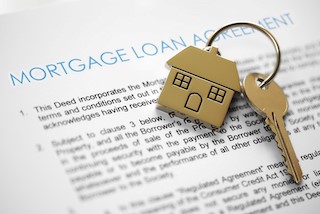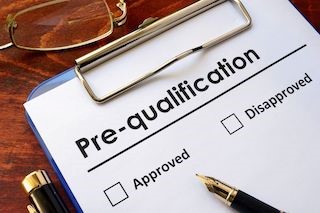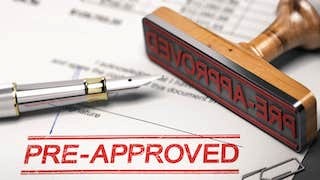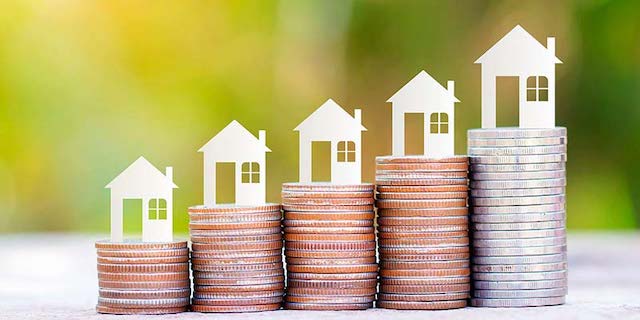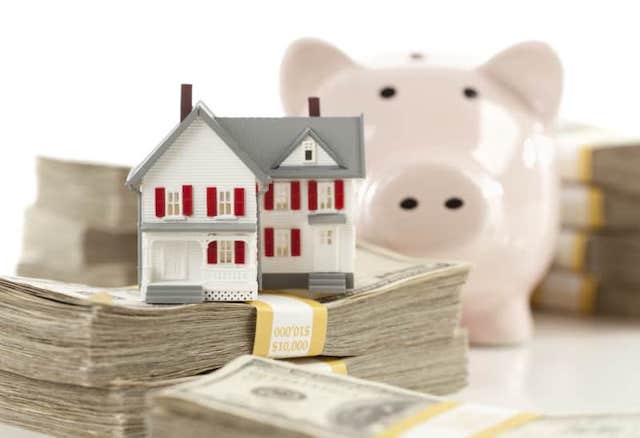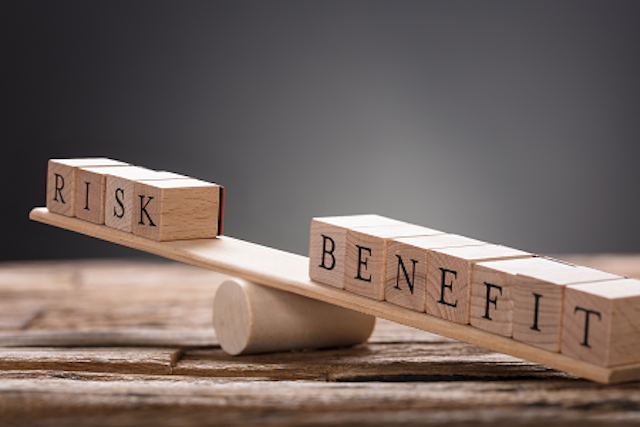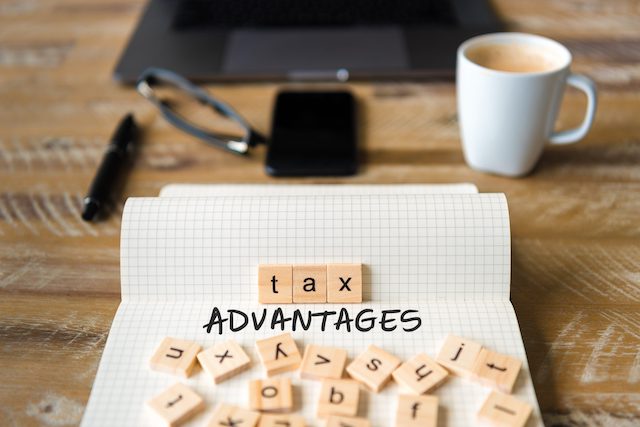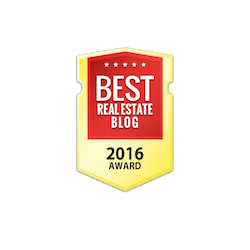Creating a Home that Helps the Environment
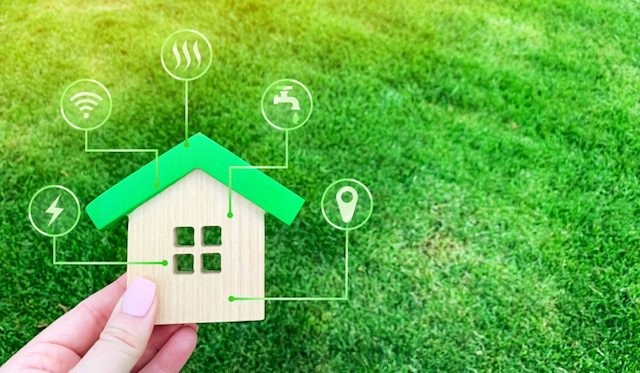
Today’s homebuyers are much more environmentally conscious, and they are looking for homes that are eco-friendly. Luxury homebuyers especially want design elements that support sustainability. The National Association of Realtors 2022 Report on Sustainability states that 63% of members noted that promoting energy efficiency in listings was valuable to them. In addition, millennials are big proponents of “green” living and with them currently making up 43% of home buyers, there will be a large desire for eco-friendly homes that will play a part in protecting the planet.
So, how do you make your home eco-friendlier? It is surprisingly easy to upgrade your home with green features, while keeping it aesthetically pleasing. Here are some ways to get started:
- USE ENERGY-EFFICIENT LIGHTBULBS
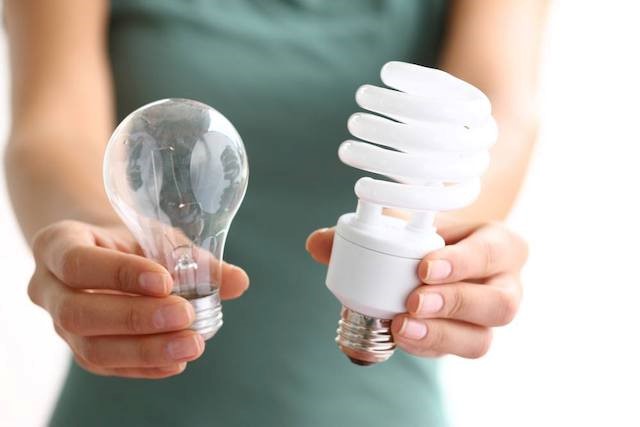
While they have been around for many years, lots of homeowners are just now beginning to use energy-efficient lightbulbs. They have many benefits, including reducing electricity use and extending the life of the bulb. Per Every Day Health, if each American household exchanged one lightbulb for an energy efficient one, the country would save enough energy to light up to 2.5 million homes each year, and save $600 million in energy costs! One of the most common types of energy efficient lighting are LED bulbs. They come in a larger variety of colors and styles and fit into current fixtures, making switching to energy efficient bulb one of the easiest ways to go green.
- MAKE YOUR HOME A “SMART” ONE
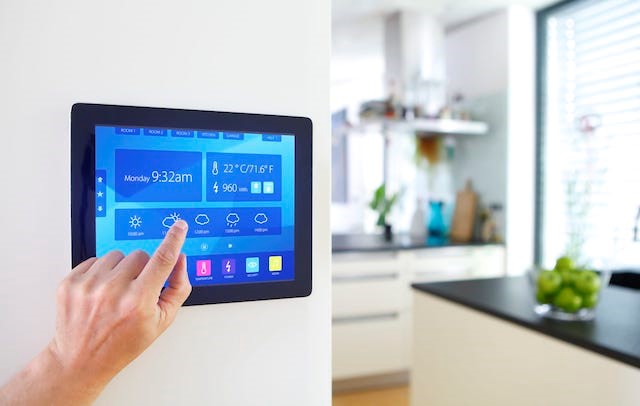
Many people may think having a “smart home” is out of reach; that it is something only luxury homeowners can afford. But truthfully, it is one of the best ways to make your home eco-friendly and in the long run, it will save money. Home automation allows appliances to run with the lowest amount of energy required, thus creating lower bills for the homeowner. Automated controls save money, time, energy and reduce your carbon footprint. It is a win for everyone to add smart home technology!
- INSTALL A “GREEN ROOF”
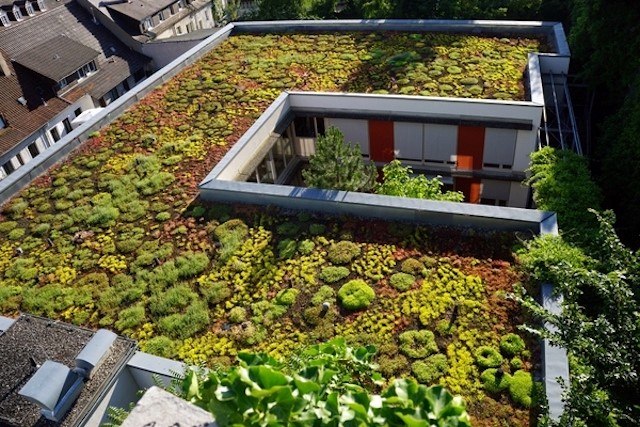
The desire to eat healthy has many people participating in home gardening. With that in mind, urban homeowners have started installing green roofs. There are many benefits to green roofs; they don’t require a backyard, they provide natural cooling, and they are aesthetically pleasing. But most importantly, they are energy efficient. During the summer a green roof protects the building from direct solar heat. When winter arrives, it minimizes heat loss thanks to the extra insulation on the roof. And finally, thanks to the energy conservation it provides, there are fewer greenhouse gas emissions.
- CREATE A “LIVING WALL”

If you enjoy gardening and desire to be environmentally friendly, consider creating a living wall in your home. Not only is a living wall a beautiful, organic addition to your living room, entryway, or terrace, but it is also very eco-friendly. It provides natural insulation, reduces energy consumption, and aids in humidity level maintenance. Living Walls are especially popular in hot climates because they require less energy to cool your home.
- CHANGE TO LOW-FLOW SHOWERHEADS
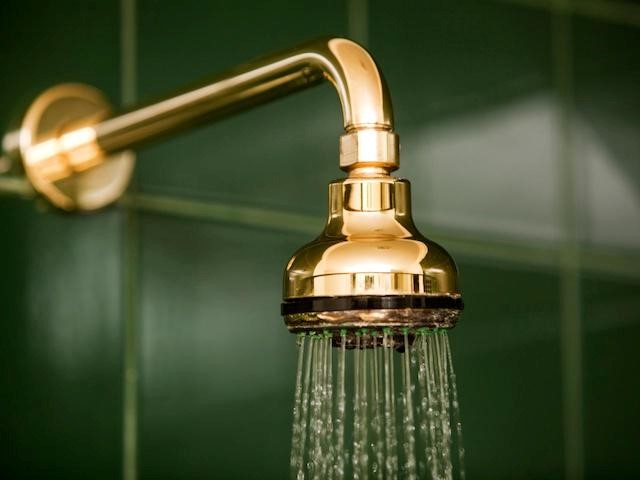
Did you know that showers make up about 30% of household water use? If you want to conserve water, switching to a low-flow showerhead is the way to do it. It is possible to save approximately 2,900 gallons of water yearly by using low-flow showerheads! Not only will you decrease your home’s water consumption by installing low-flow showerheads, but you will also save energy, lower heating expenses, and reduce your monthly water costs.
These are just a few ways to begin making your home as environmentally friendly as possible. We only have one earth…let’s all do what we can to take care of it!
If you are in the market to buy or sell a home (or both), let me, Sandra Nickel, and my Hat Team of Professionals assist you with all your real estate needs! Call us today at 334-834-1500 and check out https://www.homesforsaleinmontgomeryalabama.com for more information.
Photo credits: housing.com, homeselfe.com, safewise.com, smartcitiesoworld.net, thestar.com, hgtv.com





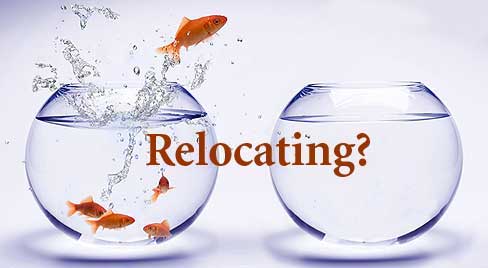
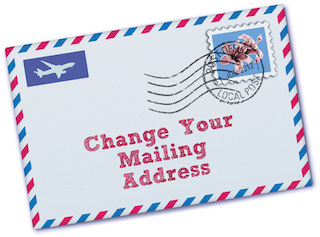
.jpg)


